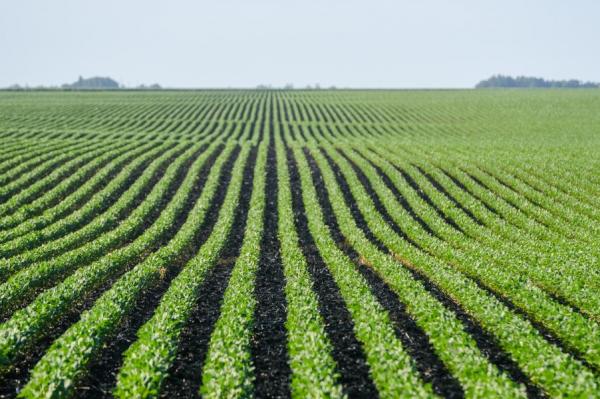
EVANSVILLE, Ind., July 28 (UPI) — The Trump administration’s $12 billion farm aid package is a sign to many in the agricultural sector that the administration does not foresee an end to the escalating trade war with China this year.
“You don’t create an aid package like this if you don’t think the damage is already done and not easily reversed,” said Chad Hart, an economist with Iowa State University. “This is definitely an indication that the administration sees the tariffs playing out through 2018.”
The trade dispute began July 6, when the administration imposed billions of dollars in tariffs on Chinese goods to combat “unfair practices” involving intellectual property. Rather than spur China to alter its policies, China punched back with tariffs of its own. Many of those target America’s agricultural exports.
“The Chinese are very smart,” said Art Barnaby, a professor of agricultural economics at Kansas State University. “They returned with tariffs that impact the very people who voted for Trump, people in the rural Midwest.”
The impact was immediate. American soybean prices fell about 20 percent. Pork also saw price drops, along with sorghum, milk, fruit and nuts.
Farmers will experience the bulk of these losses after fall harvest time. Soybean growers expect to be hit especially hard. China buys roughly 30 percent of all America’s soy, and the tariff guarantees Chinese buyers will look to other countries. A Purdue University study estimated soy farmers would lose more than $3 billion in the first year.
The one-time aid package will offset those losses, and give the United States more time to negotiate a trade deal with China, the administration said.
For many farmers, this is a bad sign.
“I don’t think anyone is going to turn [the money] down,” said Lindsay Griner, an Iowa farmer who has grown corn and soy for more than 40 years. “But farmers would much rather have access to markets than aid. There’s a lot of stress out in the country right now.”
Farmers are right to worry, Barnaby said. The long-term impacts of an extended trade dispute with China are difficult to predict.
Chinese buyers are looking toward South American markets, mainly Brazil, to replace American soy, Barnaby said. The increased trade could give Brazil the boost it needs to step up crop production, and build infrastructure to store and transport the food.
“I think we could see bigger problems next year,” Barnaby said. “I don’t know if China will come back to us or not.”



